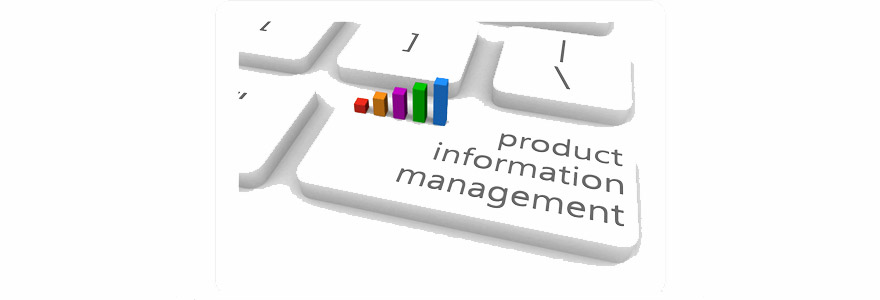
PIM is essentially a Product Information Management. Which is a resolution that basically provides a solo place to collect, manage, and supplement product information, thereby creating a product catalog, which can help in distribution of the business’s sales and other channels of e-commerce.
The data collected by the said organization will be of added value to their multichannel marketing strategy. Which is the blending of the unique distribution and promotional channels and are included in a website, mail-order catalogue or a retail storefront.
The main aim of the business is to intrigue customer experience with an added value of the customers satisfaction while consuming any product marketed by the business.
What Influences a Business to use Product Information Management?
Product Information Management will definitely offer a variety of solutions to both business-to-consumer and business-to-business firms which market their products through the various channels. It will be influenced by the following bases.
• If the company has a wide brand of products or a complex data set
• If the Business is constantly changing their products
• If the market increases thereby augmenting the number of sales channels required.
• If the company has an overabundance of data formants due to a non- uniform IT infrastructure.
• If the business operates online and has online ordering of their products
• If there is need to achieve certain localized requirements
Why Maintaining Product Information Management Systems of Importance
Product Information Management systems will aid in managing customer experience in the vast geographical locations of operation, multi-lingual data and the constant maintenance of the ever-changing product information which is based in a consolidated catalog. Product Information which is poised together by the company will be dispersed in the different departments which will be held by employees or systems and may have been saved in altered formats. This information can also be available in hard copies showing product accounts detailing their prices or calculating freight costs. Product Information Systems will provide a centralized solution tomedia- autonomous product data maintenance, data collection, data enrichment, data governance and data output. Coordination can be perfectly executed by a business having proper management and maintenance of Product Information Systems. This can be enforced by having certain governance tools which are given by a proper line of communication in a business. By aligning the business’ products as tools of data governance it creates an added value to the initiatives of the business.
The Use of Technology in Product Information Systems
In an efficient business structure, all product information is consolidated into product information systems into a single stage. Thereby connecting the retailing and manufacturing channels which will help in avoiding challenges in the management of product data quality. Having a Product Information system operating concurrently with a database which has an application server and an Extensible Markup Language based substitute of product information.
It will aid in coming up with a solid foundation to enhance sales any other procurement the business may have. Product Information Systems come up with solutions, access and other authorizations for all database information and when linked with an Inventory management system and other mechanisms it will be easily managed by a web-based administration interface.
Inventory management system is basically a software system that will track any inventory levels, order, sales and deliveries. In the Manufacturing industry it can be used to generate a work order, a bill of materials and any other production-related document. The use of this inventory management software will help avoid any overstock and outages of the products.
In case of online shopping the product information systems will use point of sale systems based on the electronic catalogs produced. The systems are able to load product information content into a catalog management solution where it would be easy to group and manage products depending on the specific target audience. Automated procurement processes of buying of goods and services will be enabled by E-procurement solutions or Supplier exchange. It consists of e-Informing, e-Tendering, vendor management, catalogue management and purchase order integration.
The Link with Enterprise Content Management and Product Information Management systems
Enterprise content management is essentially encircling technologies, methods and tools of assembling, imaging, storing and substantiating electronic content. Deployment of document management systems for archiving, will involve the management of structured and technical data. Product information management systems will be used to aid in the management of structured data in this context so as to feed any of the distribution channels from the electronic catalogs to online shops and later to any printed catalog. Visit goaland.com if you need any help or some information.